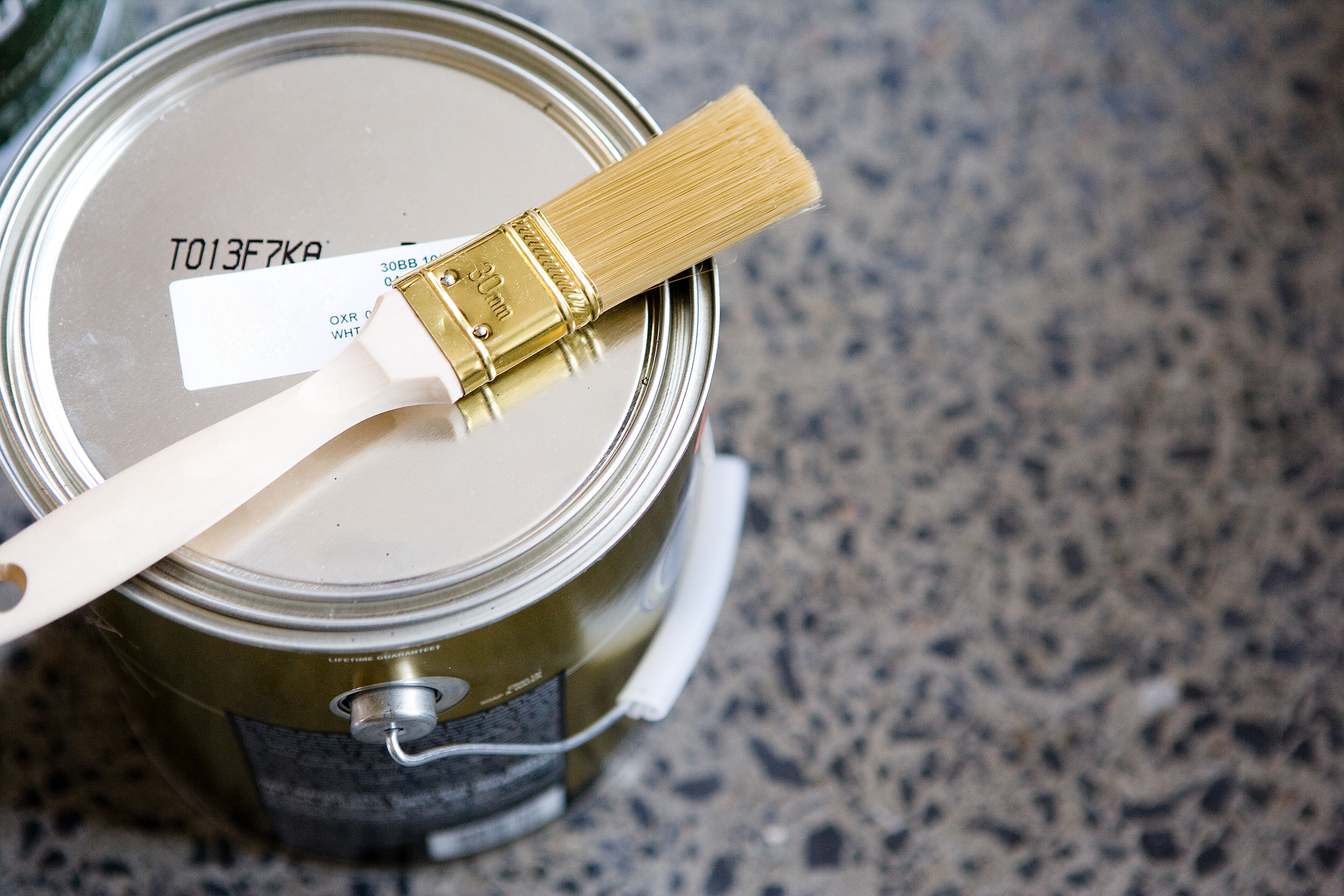By Dr. J. Celese Beaudreau
Lead poisoning is a serious threat to children’s health. Children’s growing bodies absorb more lead than adults and lead exposure can leave lasting damage to a child’s developing nervous system and other organs.
Traces of lead can be found everywhere – in the air, the water, the soil and even in our homes, particularly in China. The key to reducing your family’s exposure to lead is through awareness and prevention.
A lead level test is part of the routine screening done at a child’s one-year well-child exam. Many families in China also ask for lead levels to be regularly checked in children up to age six, as there are many other possible sources of lead exposure here. Any of the foreign or local clinics should be able to test for lead levels. It is usually done initially as a finger prick, but having blood drawn offers a more accurate reading.
In my practice, I’ve seen higher lead levels among children here. The laws regulating lead just do not exist. Since the acceptable lead level has been lowered from 10 to five micrograms per deciliter in the US (in China, the levels are reported as micrograms/liter in China, so 50 and below is the acceptable range), I see many kids that fall in the 5-10 range.
The most important part of lead poisoning prevention is identifying and reducing sources of exposure before there is harm to your child. Children under the age of six are the most at risk of exposure because they constantly touch objects, which may be contaminated with lead or lead dust, and then put their hands in their mouth. They also swallow nonfood items.
Here are several ways to prevent exposure to lead:
• Ask your landlord to repaint your house with lead-free paint, or better yet, do it yourself. My husband and I did this in our apartment.
• Test paint and dust from your home for lead.
• Buy toys from reputable sources that you know are not painted with lead-based paint.
• Regularly wash children’s hands and toys.
• Regularly mop floors and clean windows.
• Prevent children from playing in bare soil. If possible provide sand boxes.
• Avoid using traditional folk medicine and cosmetics unless you know the lead content.
• Avoid using containers or cookware unless the lead content is known. Buy cookware from reputable sources, not on the street.
• Be aware of eating food from cans made from lead solder or drinking water that flows through pipes that were soldered with lead.
Signs and symptoms of severe lead poisoning may include: irritability, loss of appetite, weight loss, fatigue, vomiting, constipation, abdominal pain, failure to thrive, memory loss. Even lower levels of lead can result in learning difficulties and lower IQ.
Treatment for lead poisoning depends on how high the lead level is. If the level is above five (50 in China), we typically recommend identifying and removing the source of exposure along with good nutrition and follow up in six months. In severe cases, chelation treatment, which involves binding the lead in the blood, is necessary.
// Dr. J. Celese Beaudreau, Chief of Redleaf Pediatrics, is an American Pediatric Board certified physician from the United States. She has more than 16 years of experience in practicing pediatrics and is skillful in pediatric emergency for children and newborns.


















